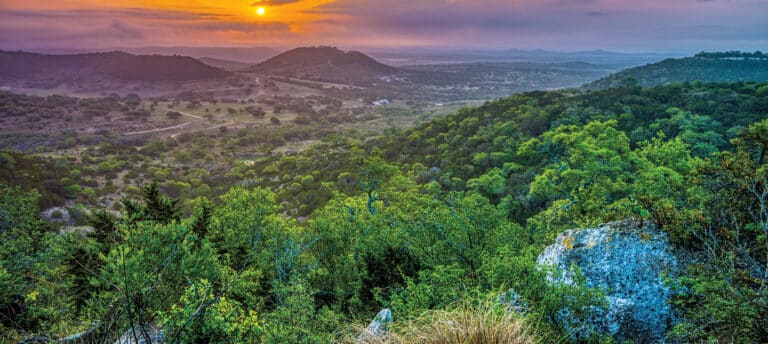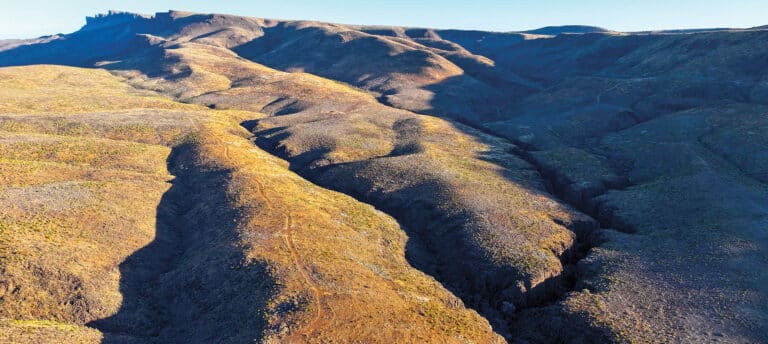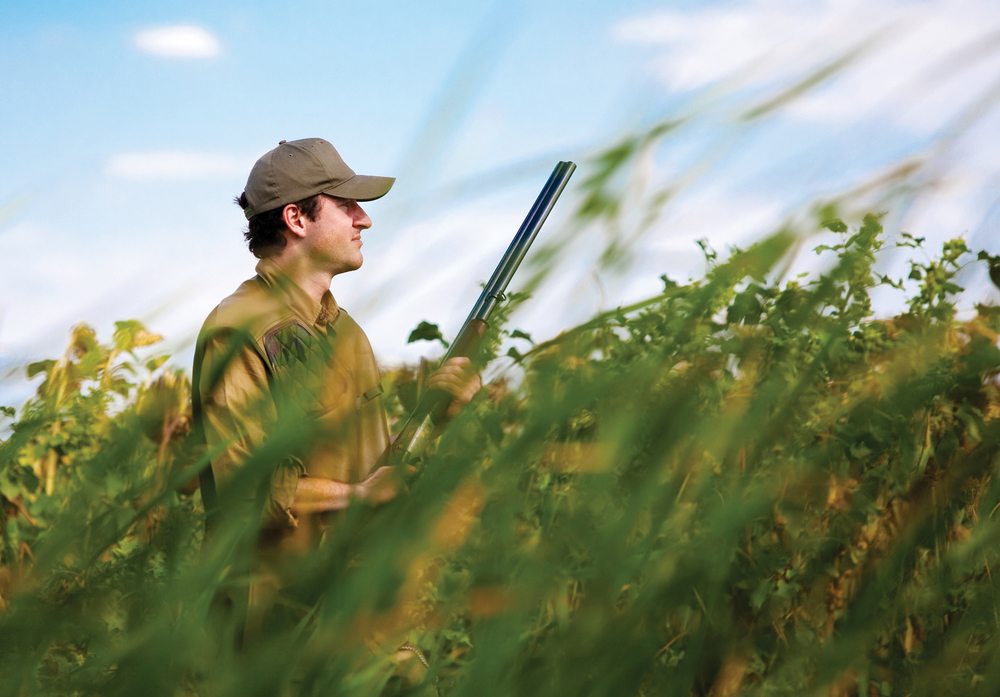
Roughly 20 years ago, I heard Forrest Armke who is the manager of the historic Ford Ranch near Melvin, Texas, deliver a talk about marketing hunts. He summed it up well when he said, “Know your product. Know your customer. Close the deal.” I’ve found this straight forward approach to be effective, so I’ll use it to frame up some basic marketing considerations for a hunting enterprise.
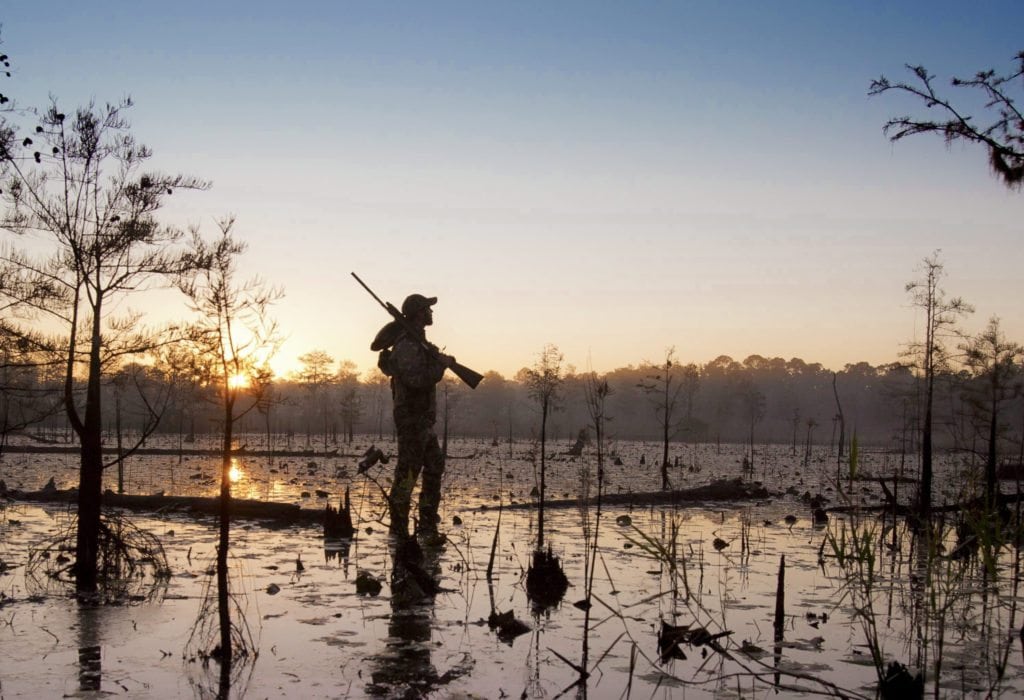
KNOW YOUR PRODUCT
Knowing your product doesn’t require quantum physics, but it does require some analysis. Developing a solid product concept is critical. The hunt being offered to the marketplace is made of many different components and subcomponents. In other words, you’re not just selling a limit of quail or a trophy buck, but an assortment of tangible pieces and intangible experiences that comprise the entire package.
The product components that make up hunting packages are broad. They can include meals, lodging, guiding, airport shuttles, amenities within the lodge and compound, hunt length, taxidermy, meat processing, blinds, feeders, bird dogs, vehicles, ATVs, client service platforms through trained staff, contingencies in dealing with inclement weather, campfires, spirited beverages, and the list goes on.
Your ability to clearly define your product package not only allows you and your staff to deliver this effectively and efficiently, but prepares you to more intelligently communicate your offering to prospective clients. Uncertainty about the product can prevent you from converting a prospect into a paying client. The more thought you’ve given to what you’re offering, the better you can explain your goods, services and benefits to every prospective customer.
Once you have defined your product, use the information to create your marketing tools such as a website that may be complemented by a brochure. Most people rely on online research and shopping, so a printed brochure isn’t as important as it once was.
As Bill Gates noted, content is king when it comes to website. Effective websites include high-quality photography, well-written text, easy navigation mechanics and proper search engine optimization features.
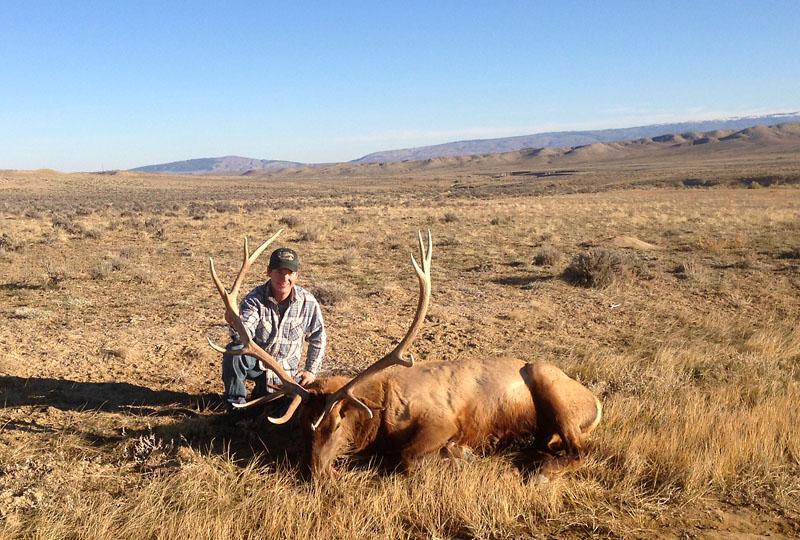
KNOW YOUR CUSTOMER
Market segmentation is a common concept in business including the hunting industry. Two of the most common market segments that hunting operators should consider are the type of hunting equipment (e.g. rifle, archery, handgun, etc.) and where the potential clients live.
Have your own wildlife business-related question? Ask Greg here!
The geographic location of potential clients is important because regional economic health influences their ability to make discretionary purchases. The market strength in individual regions ebbs and flows. This should be taken into consideration as you adapt certain marketing strategies from year to year.
For instance, the East Coast historically was a great market area for Texas-based hunting enterprises, but those markets largely softened about 10 to 15 years ago. When the oil and gas industry accelerated in Texas and elsewhere in 2010, there was instant wealth and discretionary dollars available. Over the last two years that has slowed considerably, but some of the old traditional East Coast markets have reemerged.
CLOSE THE DEAL
Advertising Mediums
There are many different advertising portals. It’s possible to sink a lot of money in advertising and have little or no success, so evaluate which option fits your budget and your needs. Some of the many mediums available include magazines, newspapers, websites, exhibit shows, TV shows, radio, direct mail (postal and digital) and social media.
The internet is undoubtedly the big boy on the block, but these days you have extreme saturation of similar products and services that compete for visibility online. (Outfitters and booking agents are commonly engaged in the marketing side of commercial hunting operations as well.) The trick is for prospective clients to find your information. With websites, this requires appropriate optimization features being built into the website and/or expensive pay-per-click options.
Booking Agreements
A written booking agreement is essential to ensure a clear understanding of what is being provided and to secure payment in order to confirm the booking. Dates, prices, inclusions, exclusions, and indemnity language are all customary categories included in these documents. Once the arrangement is determined, an electronic copy can be generated, emailed to the client and a request for payment be made with the agreement’s execution.
RETENTION
The key to sustainable, effective marketing of a hunting operation is retaining existing clients. Replacing current business is expensive. Repeat customers serve as the business’s ambassadors and do the selling for you, so never underestimate the importance of satisfied clients and what they means to your business’s health and resilience. A few critical steps to retaining clients are: not overselling the hunt, providing friendly and professional service, and consistently delivering game for a positive hunt outcome.
To explore marketing strategies for your ranch, contact Wildlife Consultants at (325) 655-0877 or visit www.TheWildlifeConsultants.com. Simons also owns Wildlife Systems, a respected outfitting service that operates hunts on more than 800,000 acres in Texas and New Mexico.
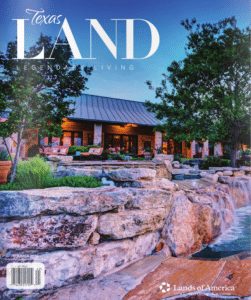 This article first appeared in the summer 2016 issue of TEXAS LAND magazine. Visit www.landmagazines.com to read more and subscribe to future issues of both LAND magazine and TEXAS LAND magazine.
This article first appeared in the summer 2016 issue of TEXAS LAND magazine. Visit www.landmagazines.com to read more and subscribe to future issues of both LAND magazine and TEXAS LAND magazine.
